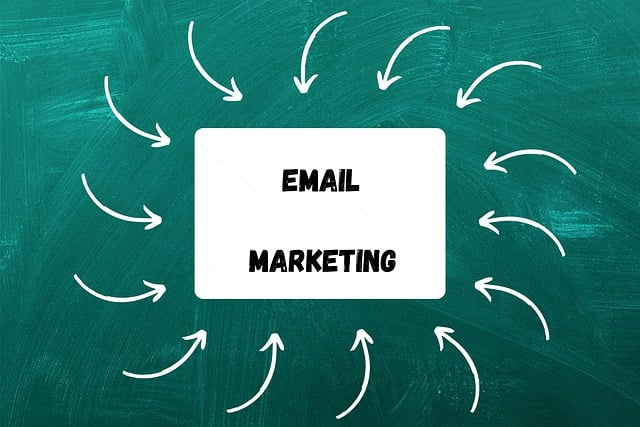In the competitive seafood restaurant industry, AI waitlist management is crucial, especially for popular 'crab shacks'. Traditional methods of allergen detection are time-consuming and prone to error. AI tools automate these processes, enhancing customer satisfaction by offering accurate, safe meal options, reducing no-shows, and boosting the restaurant's reputation. To implement this, restaurants should assess their menu, choose a suitable AI platform, integrate it with existing systems, train staff, and test before full-scale deployment.
In today’s culinary landscape, ensuring food safety is paramount, especially in seafood restaurants. With growing concerns about food allergies, AI emerges as a powerful tool for allergen detection. This article explores how AI can revolutionize waitlist management and allergen tracking in crab shacks, addressing the urgent need for accurate, efficient solutions. We’ll guide you through implementing AI tools step-by-step, ensuring safer dining experiences for all.
- Understanding the Need for Allergen Detection in Seafood Restaurants
- How AI Can Transform Waitlist Management and Allergen Tracking
- Implementing AI Tools: A Step-by-Step Guide for Crab Shacks
Understanding the Need for Allergen Detection in Seafood Restaurants

In the bustling world of seafood restaurants, known for their vibrant tapestry of flavors and textures, allergen detection has emerged as a critical aspect of food safety and customer satisfaction. With the increasing prevalence of food allergies and sensitivities, especially to commonly found allergens like shellfish, it’s essential to implement robust systems that can accurately identify these potential hazards in menu items, particularly in popular establishments often featuring AI waitlist management for crab shacks.
Seafood restaurants, while celebrated for their delicious offerings, must navigate a complex landscape when it comes to catering to customers with allergies. Traditional methods of allergen detection can be labor-intensive and time-consuming, leading to potential errors or delays in identifying harmful ingredients. AI tools, therefore, play a pivotal role in revolutionizing this process, ensuring that diners, especially those on waitlists managed by cutting-edge AI systems, receive safe and allergy-friendly meals.
How AI Can Transform Waitlist Management and Allergen Tracking

AI has the potential to revolutionize waitlist management and allergen tracking in seafood restaurants, particularly those dubbed ‘crab shacks’ due to their popular crab dishes. Traditional methods often involve manual tracking, which can be time-consuming and prone to human error. AI-driven systems automate this process, allowing waitstaff to focus on providing a better guest experience. These tools can efficiently manage waiting lists, predict demand, and offer personalized recommendations based on guests’ dietary preferences and restrictions, including allergen information.
By integrating AI into waitlist management, crab shack restaurants can streamline operations. The technology enables them to anticipate walk-ins, optimize seating arrangements, and reduce no-shows. Moreover, AI algorithms can analyze guest data to identify common allergens in popular seafood dishes, ensuring accurate tracking and immediate notification of potential risks. This proactive approach enhances food safety, caters to a diverse customer base, and boosts the overall reputation of these seafood hotspots.
Implementing AI Tools: A Step-by-Step Guide for Crab Shacks

Implementing AI tools for allergen detection in a crab shack can seem daunting, but with careful planning and execution, it’s a process that can greatly enhance customer satisfaction and safety. Here’s a simple step-by-step guide to help these beloved seafood establishments embrace this technology:
1. Assess Your Menu: Start by thoroughly reviewing your menu, identifying all dishes containing crab or other potential allergens. Categorize ingredients, considering cross-contamination risks, and create a comprehensive allergen list.
2. Choose the Right AI Platform: Explore AI waitlist management systems designed for restaurants, focusing on those with built-in food allergen tracking features. These tools often offer user-friendly interfaces, allowing customers to select their dietary preferences or allergies when placing orders through online waiting lists.
3. Integrate with Existing Systems: Ensure the AI platform seamlessly integrates with your point of sale (POS) system and any existing inventory management software you use. This integration ensures accurate data flow, making allergen tracking more efficient.
4. Train Your Staff: Educate your staff on using the new system, emphasizing the importance of precise ingredient documentation for each dish. They should feel comfortable answering customer queries about allergens and providing accurate information.
5. Test and Refine: Before full-scale implementation, pilot test the system with a small group of customers known to have specific dietary needs. Gather feedback from both staff and customers, making adjustments as needed to improve the AI tool’s usability and accuracy.
AI allergen detection tools are revolutionizing seafood restaurants, especially crab shacks, by enhancing customer safety and experience through efficient waitlist management. By implementing these innovative solutions, establishments can seamlessly track and manage allergens, ensuring a seamless dining environment for all patrons. AI’s ability to streamline processes makes it a game-changer in the industry, allowing businesses to focus on delivering delicious seafood while meeting diverse dietary needs. Embracing AI waitlist management for crab shacks is a strategic move towards a more inclusive and prosperous future in the culinary scene.
